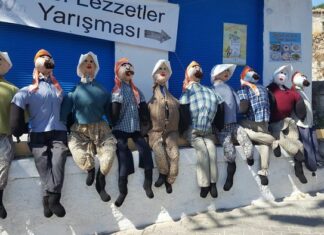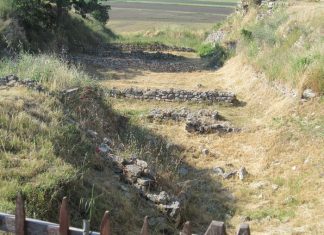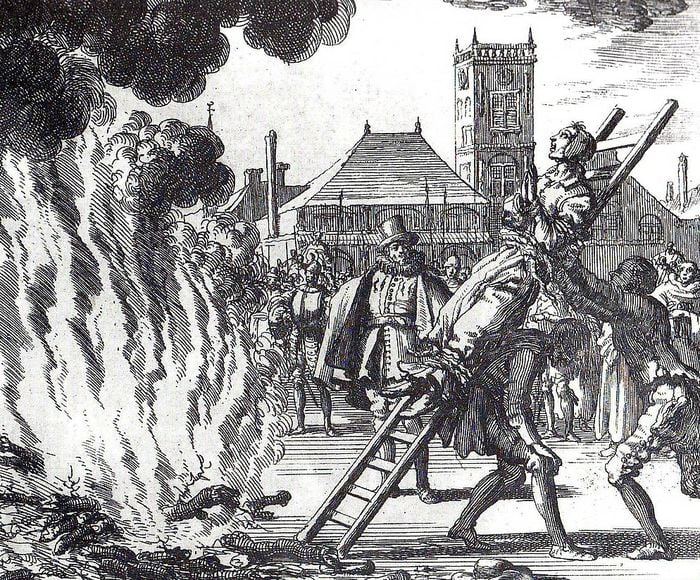Saksagan
The Movement for Union in Eastern Rumelia
In Eastern Rumelia, the Bulgarian population, which made up five-sixths of the province's 1.5 million people, began organizing a movement to unite with Bulgaria.
The...
Bulgaria’s Strong Commitment to Its Future
The people of Bulgaria faced a difficult situation, but they were determined to build their future.
Soldiers joined the army with great enthusiasm, and the...
The Ottoman Empire and Bulgaria
The Ottoman Empire played a role in shaping history by keeping Bulgarian patriotism and resentment strong. Sultan Abdul Hamid II ignored the treaty that...
Jesus Fully God and Fully Man
Jesus was completely God, as if He had never been a man. And He was also completely human, as if He were not God....
Pergamum A City of Power and Pagan Worship
Pergamum was the capital city of the Roman province of Asia. It was located about 50 miles north of Smyrna. This city was known...
Jesus Has a Warning for the Church in Pergamum
“Nevertheless, I have a few things against you: You have people there who hold to the teaching of Balaam, who taught Balak to entice...
Jesus’ Message to the Ephesians: Hating Evil Practices
In Revelation 2:6, Jesus says something a bit strange: "But you have this in your favor: You hate the practices of the Nicolaitans, which...
The Loss of First Love in Church History
When we look at the letter to the Ephesians from the perspective of church history, we see that the loss of first love became...
The Tree of Life Symbol of Jesus
The tree of life was first mentioned in the Garden of Eden. Adam and Eve were allowed to eat from it, but after they...
Smyrna The Church of Suffering
In Christian writings, Smyrna represents "suffering." In the letter to the church in Smyrna, Jesus told them that He knew their sufferings and poverty....














